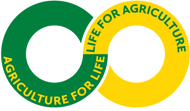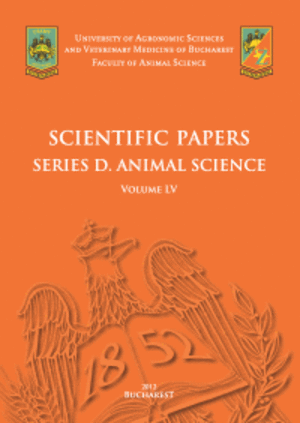Published in Scientific Papers. Series B, Horticulture, Vol. LXVIV, Issue 1
Written by Antun ŠOKEC, Goran FRUK, Tomislav KARAŽIJA, Martina SKENDROVIĆ BABOJELIĆ, Mihaela ŠATVAR VRBANČIĆ, Kristijan KONOPKA, Boris LAZAREVIĆ, Marko PETEK
Nitrogen (N) deficiency in apple (Malus domestica Borkh.) leads to typical physiological changes (discoloration of leaves and fruits). Fertigation can significantly increase apple growth, quality and optimize nutrient uptake. The aim of this study was to evaluate how various fertigation treatments affect the N content in apple leaves. The hydroponic cultivation of apple, variety 'Braeburn' was carried out on low vigorous rootstock (M9) in the substrate perlite. The experiment included four fertigation treatments: 1) Hoagland's solution (HS) full solution-control; 2) HS nitrogen excluded; 3) HS iron excluded; 4) HS magnesium excluded. Plant sampling was carried out in June 2024 on three positions of the shoots, based on the leaves age (young, semi-young and old leaves) followed by chemical analyses. Statistically the lowest leaves N content was detected in the young, semi-young and old leaves (1.69, 1.81 and 1.80% N, respectively) in the treatment without N, while the highest N content was detected in the treatments without iron and magnesium (2.07-2.49% N). The N content in the apple leaves varies depending on the type of fertigation treatment.
[Read full article] [Citation]




